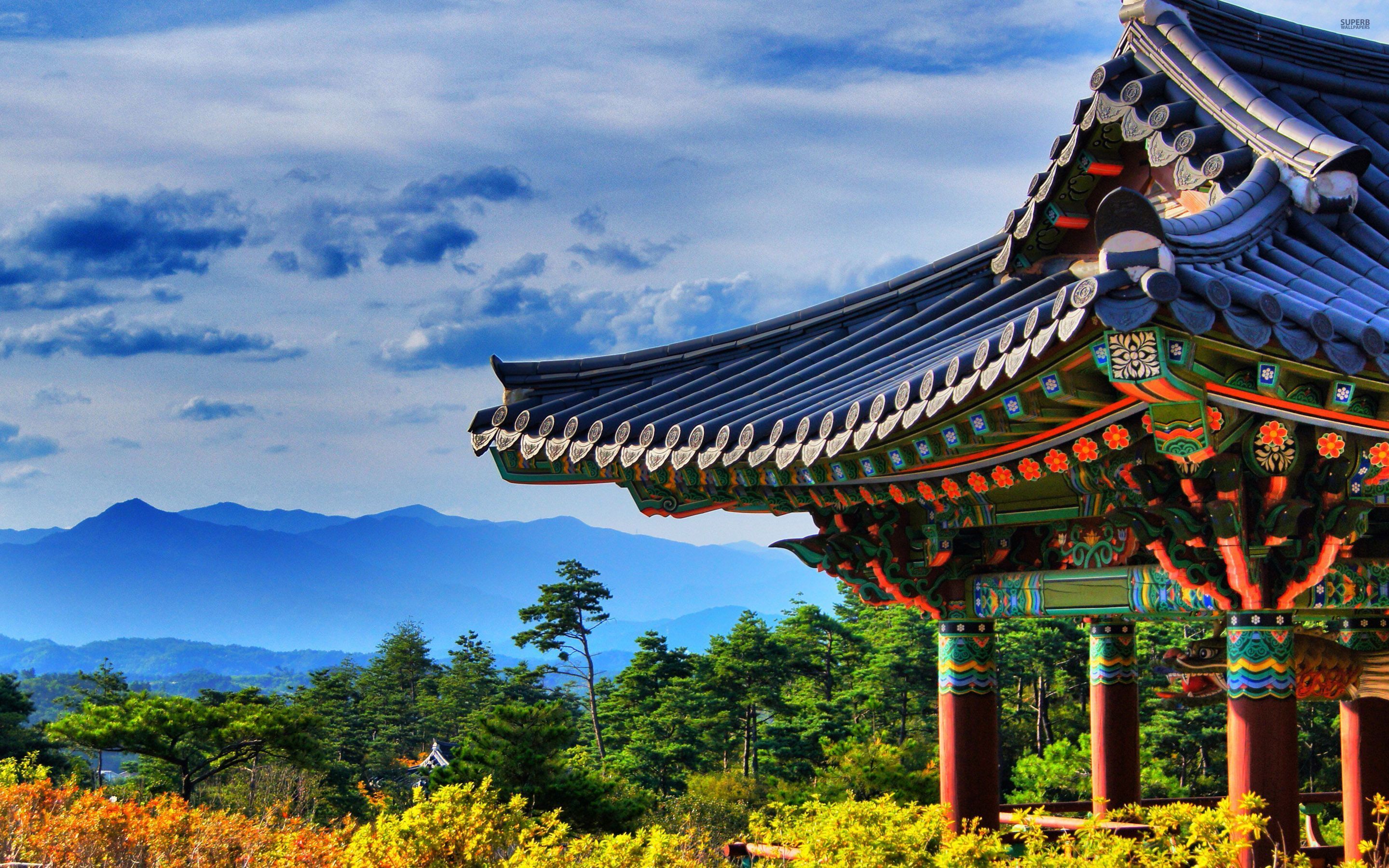Escape for the Weekend
Explore our collection of weekend


SOUTH KOREA
What to see in South Korea? Silla tombs; Changdeokgung Palace; Bulguksa Temple; Seoraksan National Park; vibrant Seoul; rocky landscapes of Taejongdae; an underwater Buddha statue off Pohang; Dong Hae and Gangneung.
Individual Booking Try It FreeSOUTH KOREA
South Korea, officially named the Republic of Korea, is a state in East Asia, located on the Korean Peninsula. It borders North Korea to the north, and has marine borders with Japan to the east and China to the west. The territory of the country comprises about 100 thousand square kilometers; the population is 51 million people. The capital of the country is Seoul. The official language is Korean.
The national currency is the South Korean won. Credit cards are accepted almost everywhere in major cities. ATMs are widely available, though not all of them accept foreign cards. Look for ATMs with a sign saying ‘Global’. Money can be exchanged at most banks.
Most of South Korea's terrain is covered with mountains; one third of territory – in the west and southeast – is occupied with lowlands. The climate is a humid continental and a humid subtropical. In the late summer there are typhoons with strong winds and heavy rains.
South Korea is one of the few unique countries where concrete and metal giants peacefully coexist with masterpieces of Korean architecture built in the Middle Ages; and the ancient culture is combined with amazingly beautiful nature that Koreans manage to keep virtually pristine.
Those who are fond of history should certainly visit impressive Silla tombs, keeping ancient treasures; the tranquil Changdeokgung Palace with Secret Garden, built in 1405; Haeinsa Temple, containing the most complete collection of Buddhist texts; the Seokguram Grotto, finished in 774, where you can see a 3.5-meter Buddha; and Bulguksa Temple, which is said to be South Korea's most important historical site, situated in a thousand-year-old Gyeongju, where you will find lots of other ancient sites, relics and ruins.
Nature lovers will be glad to see Seoraksan National Park, full of fancy rock formations, dense woodland, wildlife, hot springs, and the Silla-era temples; Jeju-do Island, where you will find amazing botanical gardens, lava caves, sandy beaches, and where you can learn about Korea’s traditional tea culture in the O’Sulloc Tea Museum.
Those who like bustling urban life will be captivated by Seoul, the city that never sleeps. Here you find good shopping, delicious food and ocean of entertainments. Moreover Seoul has five palace complexes, built in the Joseon Dynasty.
Being in South Korea do not miss the opportunity to stay in one of 40 temples and to try Buddhist monastic life for several days; to try makkeolli – a milky rice wine; to visit the 4km-wide demilitarized zone between South and North Korea; and to take part on Boryeong mud festival on the west coast of South Korea.
Incheon International Airport (IIA) (ICN) the largest airport in South Korea. It serves Seoul.
Jeju International Airport (CJU), situated in the city of Jeju.
Gimpo International Airport (GMP), located near Seoul.
Gimhae International Airport (PUS) situated near Busan.
Cheongju International Airport (CJJ), Cheongju.
Yangyang International Airport (YNY) serves Yangyang County.
Muan International Airport (MWX) located in Muan County.
Diving in South Korea
South Korea is a popular Asian dive destination. Most diving places are situated near the East and South coast of the country.
Off Busan, there is Taejongdae, where you will see interesting underwater rocky landscapes with many nooks and crannies, teeming with flat fish, sea cucumbers, sea horses, octopuses, crabs, and cuttlefish.
Off Pohang you will find Buddha Dive, a Buddha statue situated in a rock crack at a depth of 17 meters. The underwater world is remarkable for solid rock formations and abundant marine life.
Near Jeju Island there is Forest Island with bright corals and rich fauna, which includes squids, dolphins and nudibranches.
Off Mosquito Island, not far from Jeju Island, there are 3 different dive sites with lots of fish, soft corals and a vertical wall. The depth is 8-40 meters.
In Dong Hae and Gangneung you will be charmed by the pristine waters inhabited by plenty of fish species. The most popular dive sites here are Munam Beach, Young Jin, Bongpo Beach, Ingu Beach and Chuam Beach.
Nam Hae, situated in the south of the country, boasts numerous islands and isolated beaches as well as many various marine species including octopuses, wrasse and starfish.
